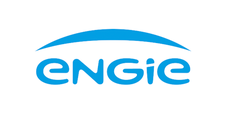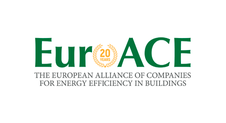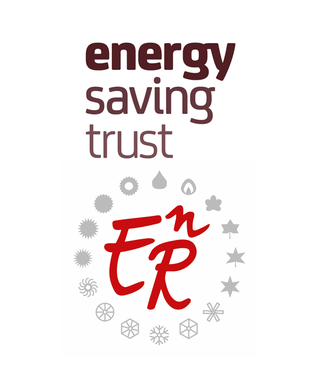Search eceee proceedings
Evolutions of the French EEO scheme through the ages according to emblematic measures: a testimony from within of a continuous work in progress
Panel: 3. Policy and governance
This is a peer-reviewed paper.
Authors:
Dominique Osso, EDF-R&D, France
Mari-Hélène Laurent, EDF-R&D, France
Stanislas Nösperger, EDF-R&D, France
Abstract
The energy-saving obligation scheme in France launched in 2006 was revised each three-year period. The majority of EEOs issued are based on standardised action valued according to deemed energy savings. These revisions have made it possible to correct errors, to value new actions and to update eligible actions according to changes in the context and regulations.
After more than 10 years of operation, and a potential extension of the scheme beyond 2020, it is interesting to look at the lessons of the past. For this purpose, we look at the evolution of the system through the prism of iconic actions. The assessment of a renovation action in the EEO scheme consists of 2 parts: the technical part helps to calculate energy savings (calculation sheet), the second deals with the verification of the eligibility of the works (certificate on honour).Both have evolved over time.
The estimation of energy savings have evolved for technical reasons: reduction of the heating-degree-day, decrease of the space heating reference consumption and modifications of other coefficients. If these modifications were made for objective reasons, others have been made to explicit unexplained values. In addition, the EED directive has helped to modify energy saving to value only marginal savings (i.e. beyond the performance of Ecodesign). Recently, the problem of fraud has led to the simplification of modulating energy savings due to the impossibility of verifying certain criteria while adding constraints on the execution of work (proof, on site-visit).
Effectiveness of these changes should be studied to ensure this scheme still fosters energy retrofit of the building stock. This study could help to make a relevant trade-off between process simplification and the valuation of accurate energy savings. In summary, the EEO scheme will always be a work in progress and the preparation of the next period will not escape it but lessons from the past should enlight future developments.
Downloads
Download this paper as pdf: 3-099-19_Osso.pdf
Download this presentation as pdf: 3-099-19_Osso_Presentation.pdf
Panels of
1. The dynamics of limiting (energy) consumption
2. What's next in energy policy?
4. Monitoring and evaluation for greater impact
5. Smart and sustainable communities
7. Make buildings policies great again
8. Buildings: technologies and systems beyond energy efficiency
9. Improving energy efficiency in ICT, appliances and products

























